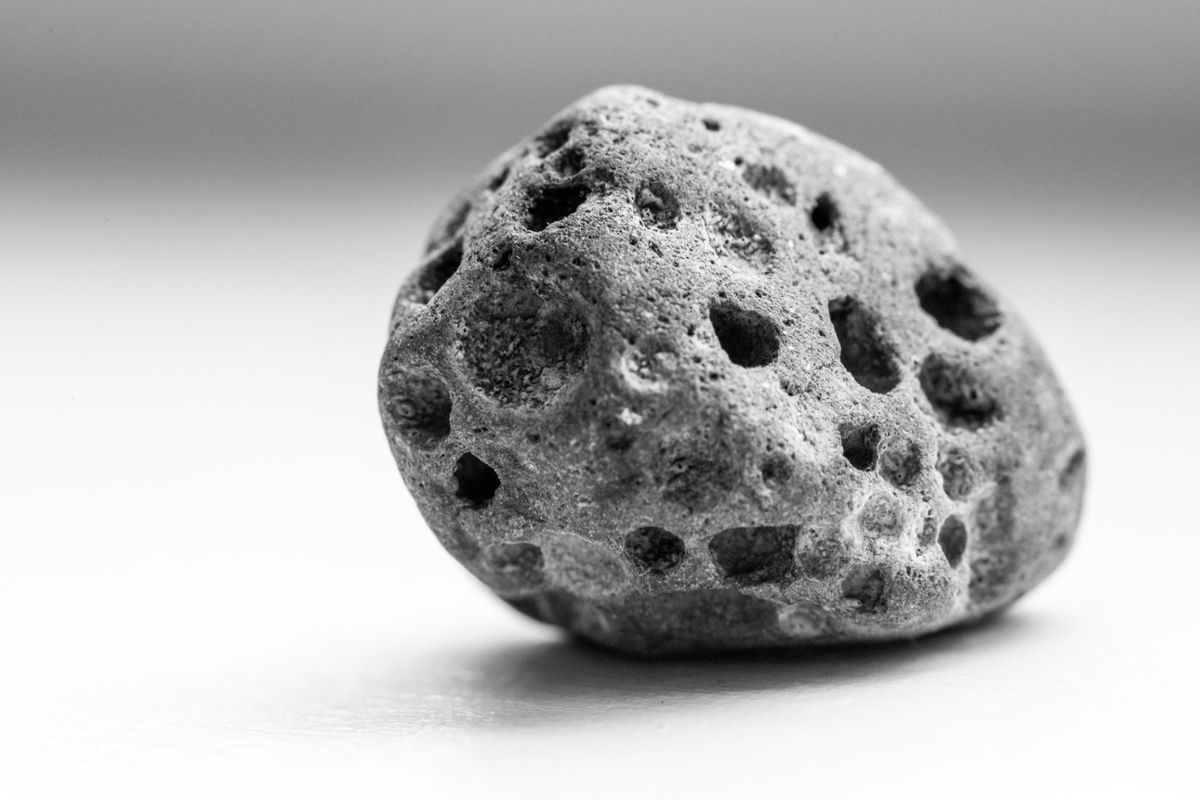Are you looking for a new hobby? Do you love the thrill of discovery? Are you the kind of person who enjoys the great outdoors? Then meteorite hunting might be for you. You’ll need some hiking shoes, and a good eye for strange rocks. But leave your magnets at home.
The hiking shoes are useful because you’ll want to search a wide, stoneless area—like a dessert—for the best luck. A keen eye will help you spot rocky fragments that don’t seem to belong. And while hand magnets can identify some iron-rich meteorites—distinguishing them from most Earth rocks—they’ll also harm the objects you’re collecting.
Meteorites can bear traces of the magnetic field of their origin. Mars, for example, had a magnetic field until about 3.7 billion years ago. So when scientists found a rare 4.4 billion-year-old Martian meteorite, they were thrilled: its remanent magnetization could tell them about Mars’s ancient geology and climate, and even the planet’s formation. Yet when they examined the meteorite, they found that strong magnets on Earth had come into contact with it. The magnets had realigned the very spins of the meteorite’s electrons, erasing all traces of the ancient magnetic field.
The solution is to use something called a magnetic susceptibility meter, a handheld device that can safely identify and classify meteorites. Try one out if you really want to know whether you’ve found an iron meteorite. Or, since susceptibility meters can be pricey, go low tech: challenge yourself to have a keen eye, and to notice when a rock doesn’t match its surroundings. Your eyes alone might find something out of this world!










